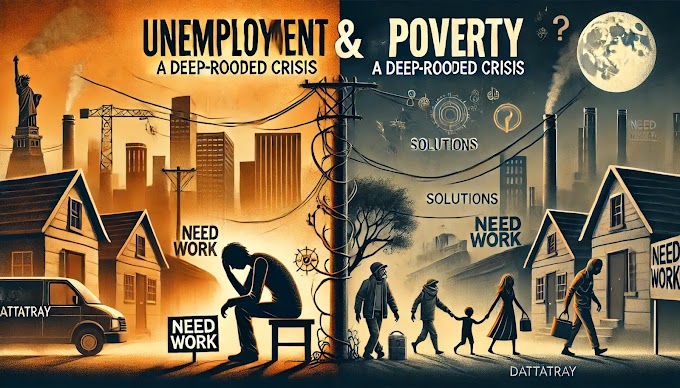Navigating the Seas of Trade Theory: Understanding the Foundations of Global Commerce
Introduction:
Trade theory forms the bedrock of understanding how nations engage in commerce and exchange goods and services across borders. It's a complex framework of economic concepts that seeks to explain the patterns and consequences of international trade. In this blog, we will embark on a journey through the fundamentals of trade theory, exploring the key models and ideas that shape our understanding of global economic interactions.
Comparative Advantage: The Cornerstone of Trade Theory:
At the heart of trade theory lies the concept of comparative advantage, pioneered by David Ricardo. This theory posits that countries should specialize in the production of goods and services where they have a lower opportunity cost, and trade with other nations to mutual benefit. The beauty of comparative advantage is its ability to demonstrate how even if one country is less efficient in the absolute production of all goods, there is always a scenario where both nations can gain from trade.
Absolute Advantage vs. Comparative Advantage:
It's crucial to distinguish between absolute advantage and comparative advantage. While absolute advantage focuses on who can produce more of a good with the same resources, comparative advantage looks at the opportunity cost of producing one good in terms of another. This nuanced perspective allows for a more sophisticated understanding of trade dynamics.
Heckscher-Ohlin Model: Unveiling Factor Proportions Theory:
Building on the foundation of comparative advantage, the Heckscher-Ohlin Model introduces the concept of factor proportions. It suggests that countries will export goods that intensively use their abundant factors of production and import goods that use their scarce factors. This model helps explain why certain countries, rich in capital, may export capital-intensive goods.
New Trade Theory: Beyond Comparative Advantage:
While classical trade theories focused on comparative advantage, New Trade Theory, championed by economists like Paul Krugman, introduces economies of scale and product differentiation. It suggests that in some industries, the presence of a large number of firms can lead to lower average costs, giving rise to international trade even in the absence of differences in factor endowments.
Global Value Chains and Trade Liberalization:
In the contemporary landscape, global value chains play a pivotal role. As goods are produced through stages across different countries, trade becomes a complex web of interdependencies. Trade liberalization, through initiatives like free trade agreements, aims to reduce barriers and facilitate smoother cross-border transactions.
Challenges and Criticisms:
While trade theory provides a robust framework for understanding international commerce, it's not without criticisms. Issues like income inequality, job displacement, and the environmental impact of trade have sparked debates on the overall welfare implications of globalization.
Conclusion:
Trade theory is not a static doctrine but an evolving field that adapts to the changing dynamics of the global economy. From the classical ideas of absolute and comparative advantage to the complexities of New Trade Theory, understanding these frameworks is vital for policymakers, businesses, and individuals navigating the seas of international trade. As we continue to explore new frontiers in economics, trade theory remains a guiding compass, helping us comprehend the intricate patterns and consequences of the interconnected world of commerce.








.png)

.png)
.png)
.png)
.gif)
0 Comments